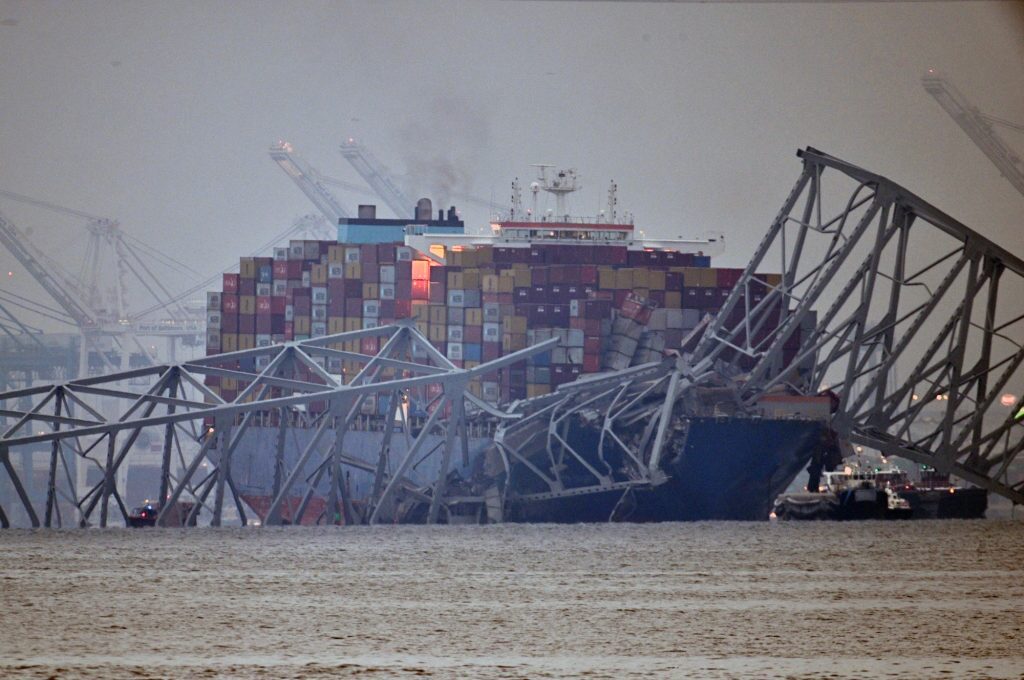Investigators are looking at the information recorded before the Dali container ship hit the Francis Scott Key Bridge. The NTSB has obtained the data from the bridge collision and is currently analyzing it in their lab, as confirmed by officials on Wednesday. Big ships are required by international rules to have voyage data recorders, similar to aircraft's black boxes, to help investigators understand key actions and decisions.
If the equipment functions correctly and the data is valid, it can give details of the ship's actions leading up to an incident, according to Lawrence Brennan, an adjunct professor at Fordham University. The data from the recorder can include the ship's position, speed, direction, audio from work stations, radar, depth of the water, alarms, wind speed, and electronic logbook. In this case, it could reveal information about conversations among the crew, the ship's movement, and possibly the distress signal that helped prevent more casualties at the Key Bridge.
The NTSB chair mentioned that the recorder will be crucial for the investigation. NTSB spokespeople did not respond immediately to questions about the condition of the Dali's recorder and its data capturing. The agency plans to have a media briefing at 8 p.m. on Wednesday.
Recorders can capture various data items such as the ship's position, speed, audio, radar, water depth, alarms, wind speed, and electronic logbook.
The recorder could provide new details about conversations among the crew, the ship's movement, and the distress signal that helped prevent further casualties at the Key Bridge.
This data will likely be the first step in understanding why the ship collided with Key Bridge and caused it to collapse. The primary purpose of the data is to understand why the accident occurred and whether it was due to human error, mechanical failure, or other contributing factors..
Homendy mentioned that individuals boarded the vessel on Tuesday night and NTSB crews would likely board it again on Wednesday.
The focus for the agency on Wednesday will be obtaining electronic logs and other components from the vessel to gather perishable evidence important for the investigation. Homendy emphasized the importance of identifying and securing evidence from both the vessel and the bridge structure before conducting any analysis.
She said the organization will also make a list of people they want to interview, both on the ship and nearby.
Baltimore Sun journalist Dan Belson helped with this article. This article will be revised.
Big ships must have voyage data recorders according to global rules.
Homendy said Wednesday morning that “a few folks” had boarded the vessel Tuesday night and that it was likely NTSB crews would board it again Wednesday.
She said the agency’s focus Wednesday would be “getting on board the vessel, getting the electronic logs or any sort of electronics components that we need to get.” The crews would be seeking “perishable evidence” that would no longer be available when the ship and wreckage was cleared from the waters.
“The focus is: What do we need for our investigation, whether it’s from the vessel or from the highway, from the bridge structure? Identifying those, securing those, before we do any analysis,” Homendy said.
She indicated the agency would also be working on a list of who they hope to interview, both on the vessel and in the immediate vicinity.
Baltimore Sun reporter Dan Belson contributed to this article. This article will be updated.









